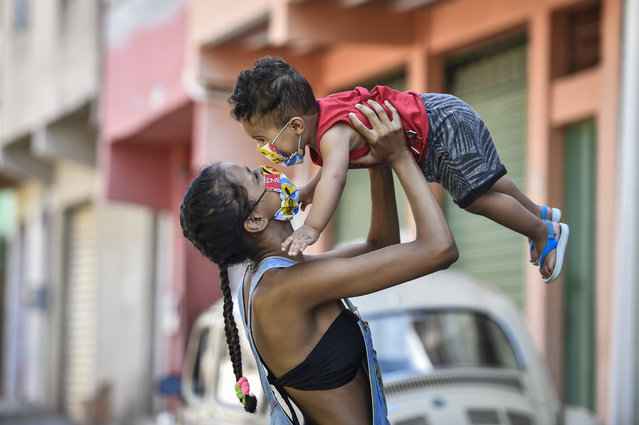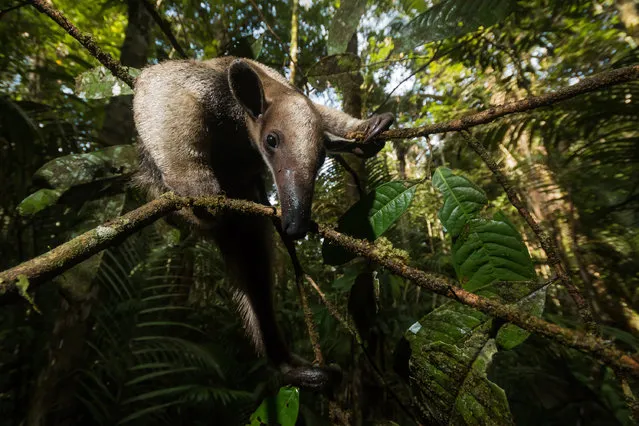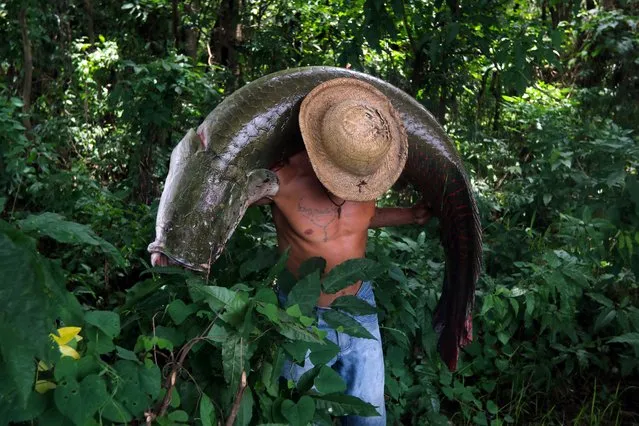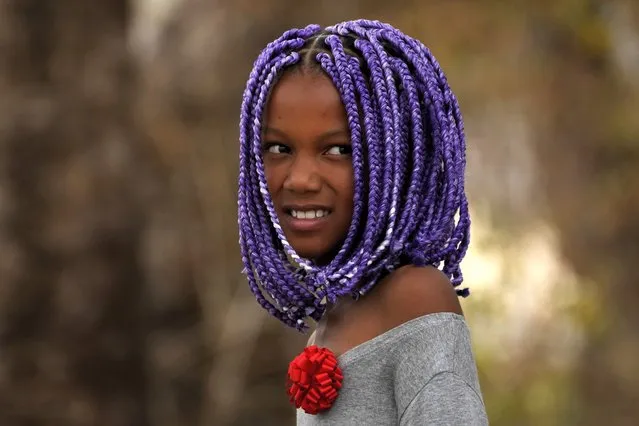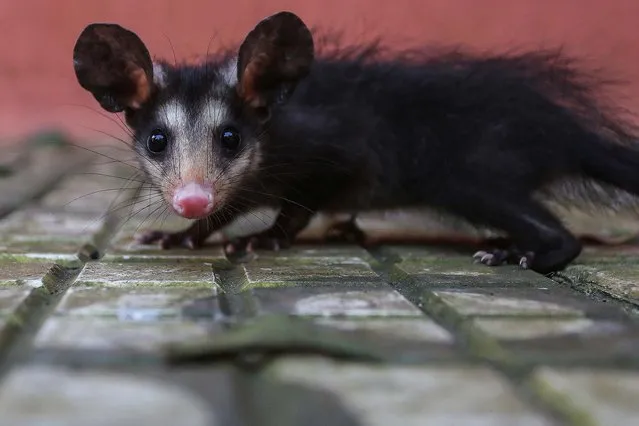
In this Wednesday, November 15, 2017 photo, a woman poses for a selfie with the carcass of a humpback whale on Ipanema beach, in Rio de Janeiro, Brazil. Biologist Rafael Carvalho said the whale appears to have been dead for a few days. Authorities were urging beachgoers who had flocked to Ipanema on a national holiday to stay away from the animal. (Photo by Silvia Izquierdo/AP Photo)
25 Nov 2017 08:04:00,post received
0 comments

